On June 18, 1964, black protesters jumped into a whites-only pool at the Monson Motor Lodge in St. Augustine, FL in an effort to combat segregation. The owner of the hotel combated this invasion of the “whites-only” space by people with a darker skin tone by pouring acid into the pool.
Fast Foward to 2015, on Friday, some residents in a Texas town decided that a number of African-American teenagers had no place in a pool in the 75% white neighborhood.
Police were called after white residents started a confrontation with some African-American guests at a pool party at the McKinney Community Pool. Party Organizers said…
“This lady was saying racial slurs to some friends that came to the cookout. She was saying such things as ‘black effer’ and ‘that’s why you live in Section 8 homes,” Tatiana Rhodes, who says she was attacked by two white women, explained. According to Rhodes, the African-American guests at the party were told by one neighbor to “go back to your Section 8 home.”
One police officer demonstrated how difficult it is to be black in America. While Texas copsbasically had a tea party with white bikers who engaged in a gang war that left nine people dead, McKinney Officer Eric Casebolt decided to go “full Rambo” on the crowd of unarmed African-Americans.
Although many whites abandoned desegregated public pools, most did not stop swimming. Instead, they built private pools, both club and residential, and swam in them …. Suburbanites organized private club pools rather than fund public pools because club pools enabled them to control the class and racial composition of swimmers, whereas public pools did not.
Today, that complicated legacy persists across the United States. The public pools of mid-century—with their sandy beaches, manicured lawns, and well-tended facilities—are vanishingly rare. Those sorts of amenities are now generally found behind closed gates, funded by club fees or homeowners’ dues, and not by tax dollars. And they are open to those who can afford to live in such subdivisions, but not to their neighbors just down the road.
http://www.ifyouonlynews.com/racism/twitter-racists-on-mckinney-nggers-shouldnt-be-swimming-anyway-screenshots/
http://www.theatlantic.com/politics/archive/2015/06/troubled-waters-in-mckinney-texas/395150/

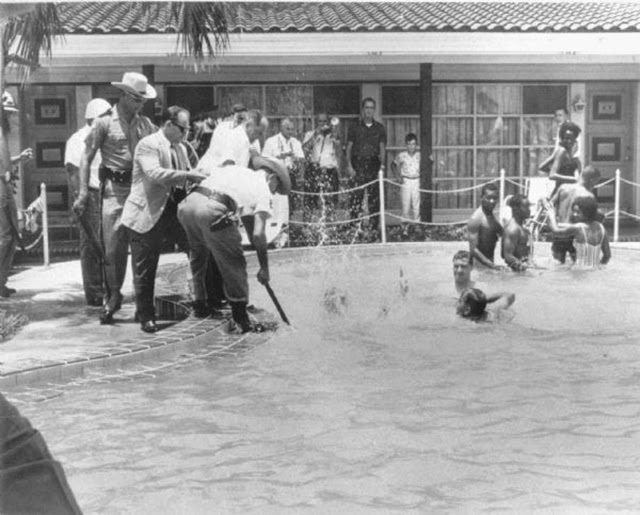






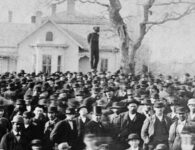





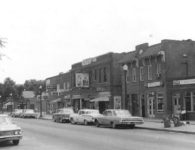

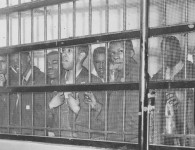

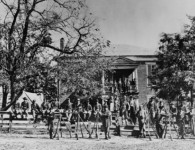
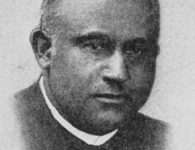

1 Comment
There is something wrong with white people.